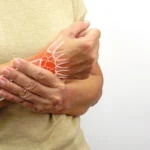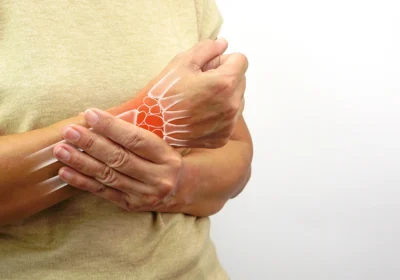
Addressing Healthcare-Acquired Infections
In healthcare settings such as hospitals and nursing homes, the risk of acquiring healthcare-associated infections (HAIs) is notably high. These infections are spread within medical environments, primarily through microbes that patients encounter during treatment.
The Centers for Disease Control and Prevention (CDC) monitors HAIs and their impacts. In 2021, they reported approximately 687,000 HAIs in U.S. acute care hospitals, which contributed to about 72,000 patient deaths during hospitalization.
Common HAIs include infections from catheters, ventilators, and central lines, with prevalent pathogens including C. difficile, MRSA, Enterococcus, and various Pseudomonas species.
While not all HAI transmissions are preventable, particularly airborne ones, strict adherence to established best practices can significantly reduce these infections. Critical patient care measures include rigorous hand hygiene, completion of antibiotic regimens, and careful management of intravenous sites.
At the organizational level, combating HAIs requires following the latest reprocessing instructions and manufacturers’ guidelines for medical devices and surgical instruments to ensure sterility. Additional preventive measures include implementing thorough cleaning protocols for all equipment, including less obvious items like ice machines and sink drains, and frequent handling of textiles.
For a more comprehensive discussion on HAIs and prevention strategies in healthcare settings, further resources and detailed information are available in the infographic below.
Infographic created by Empire Cooler, supplying commercial ice maker lease to address your business’s ice and refrigeration needs


















